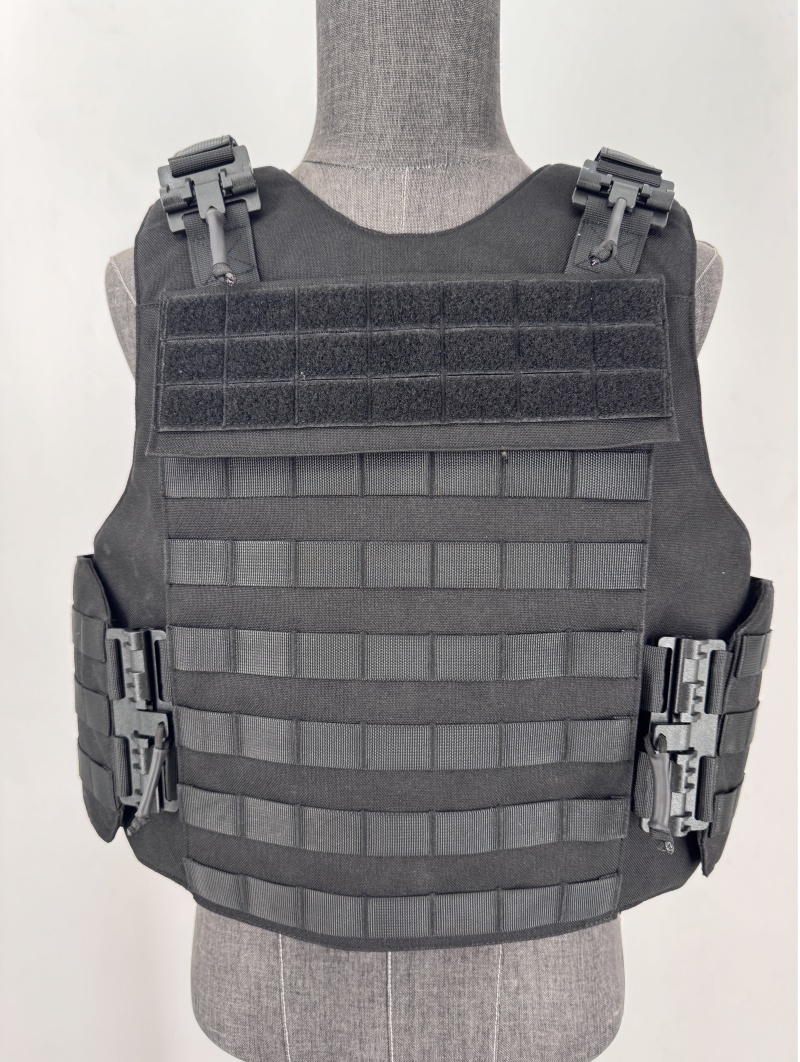If you’ve searched for “lightweight ballistic armor reviews 2025″ or weighed the pros of “UHMWPE bulletproof vest vs Kevlar”, you’ve likely noticed a clear trend: ultra-high molecular weight polyethylene (UHMWPE) is rapidly displacing traditional Kevlar in Europe and America’s protective gear market. Let’s break down why this material is winning, and what China’s export surges tell us about global demand.
The Kevlar vs. UHMWPE Showdown: Why Lightweight Wins
For decades, Kevlar dominated production thanks to its impressive tensile strength and energy absorption. But today’s users—from law enforcement officers to civilian safety enthusiasts—crave more than just protection; they want gear that won’t weigh them down during long shifts or emergencies. That’s where UHMWPE shines.
Weight Advantage: UHMWPE is up to 30% lighter than Kevlar for the same protection level. A standard NIJ IIIA UHMWPE vest can weigh as little as 1.5kg, compared to 2kg+ for Kevlar equivalents. For a police officer patrolling 8-hour shifts, that difference eliminates fatigue and improves mobility—critical for responding to emergencies quickly.
Durability Boost: UHMWPE resists UV rays, chemicals, and abrasion five times better than Kevlar. It won’t degrade after repeated exposure to sunlight (a common issue for outdoor patrols in the American Southwest) or coastal humidity (a challenge in European regions like the UK and France), extending the gear’s lifespan by 2–3 years on average.
Performance Parity: Don’t mistake lightness for weakness. UHMWPE has a tensile strength 15 times that of steel, matching or exceeding Kevlar’s ability to stop 9mm and .44 Magnum rounds—meeting the strictest NIJ (U.S.) and EN 1063 (Europe) protection standards.
Post time: Sep-26-2025

